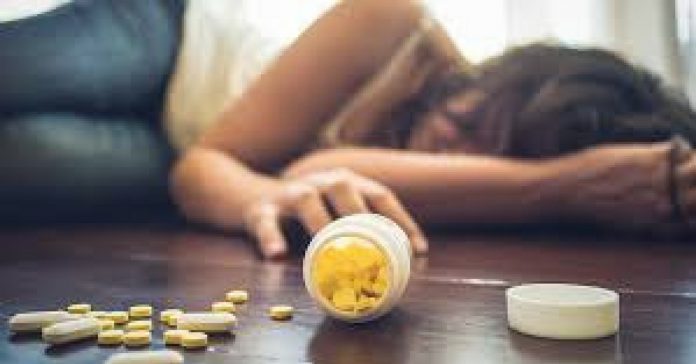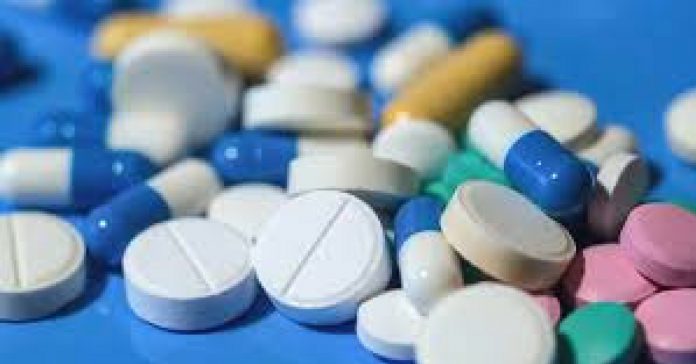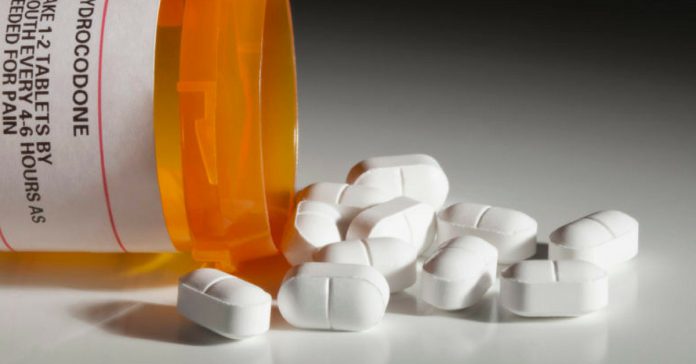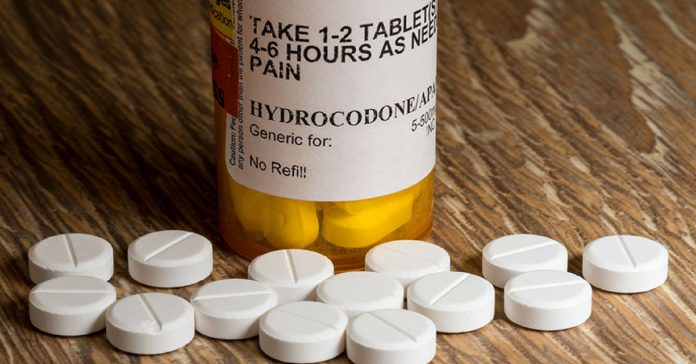
Opioids are a diverse class of strong painkillers that include drugs such as Morphine, Methadone, Buprenorphine, Tramadol, Oxycodone, and Hydrocodone. The availability of these drugs has made them popular over the years despite their potential side effects and risk of addiction and overdose.
In recent years, there has been an increase in the use of both prescription and non-prescription opioids, thereby causing an ‘epidemic’, as the health and safety of millions of people have been put in peril as a result of an accidental drug overdose and addiction.
The side effects of opioids
While opioids are often prescribed for a variety of pain conditions, they are potent enough to cause side effects in many individuals. Due to their strength, they are capable of creating substance dependence, leading to impaired control over their usage, resulting in a variety of side effects that commonly include overdose and unfortunately, drug-related death.

Many patients take opioid medications as a way to treat chronic pain conditions, however, this often leads to a dependence on prescription opioids. The World Health Organization refers to an overdose triad when identifying possible overdose symptoms.
What is the ‘opiod overdose triad’?
The term ‘opiod overdose triad’ refers to an opioid overdose that can be identified by a combination of three signs and symptoms:
1. Dilated pupils
2. Unconsciousness
3. Respiratory depression
When opioids are combined with alcohol and sedative medication, it increases the risks of respiratory depression and death, which is mostly present in fatal drug overdose globally.
Naloxone for Overdose
Death as a result of a drug overdose is preventable if the victim receives basic life support immediately and the administration of the opioid antagonist called Naloxone. Naloxone is an effective antidote to opioid overdose and it can reverse the effect of an overdose if administered on time. It is effective when administered in an intravenous, intramuscular, subcutaneous, and intranasal manner. Naloxone has no effect on people who have not taken opioids.

Unfortunately, access to Naloxone is generally limited to a health professional. Many countries still have limited availability of the drug even in a medical setting including ambulances. However, Italy has already made it available in pharmacies without a prescription. Since most overdoses are witnessed by a friend or a family member, he or she may be able to reverse the effect of an opioid overdose if given access to it. But it should not be seen as a replacement for a comprehensive medical care.
In recent years, a number of seminars, programs, and workshops around the world have shown that providing Naloxone to people likely to experience an opioid overdose in combination with proper training on its use could substantially reduce death resulting from opioid overdose.
How many people die from drugs?
In Australia, a lot of people are victims of the opioid epidemic. The following statistics highlight the problem:
- 61% increase in the number of deaths from prescription painkillers between 2004 to 2014 (Australian Bureau of Statistics).
- 69% of all drug-related deaths in Australia from prescription painkillers, not illegal drugs. 31% of drug-related deaths come from illicit drugs, such as heroin.
Conclusion
Victims, as well as survivors, need to know that other alternative forms of treatment for chronic pain conditions, such as chiropractic care, exercise, and diet all help, and maybe better options in the first instance.

As reported on in this article, many more people are affected by overdose and addiction due to legal prescription medications than illegal drugs. The problem is not that people are using drugs illegally, as many people seem to think. The problem is that far too many people are being prescribed addictive medications for health issues when a variety of other treatment approaches exist.























